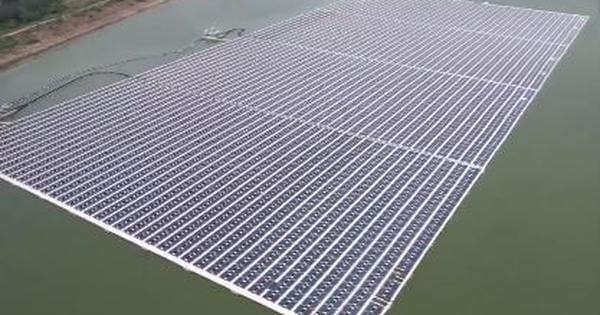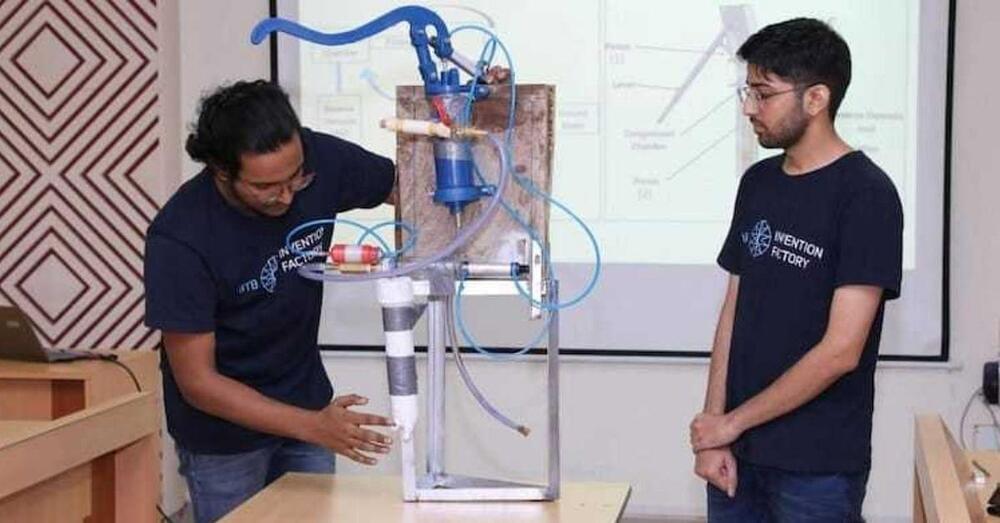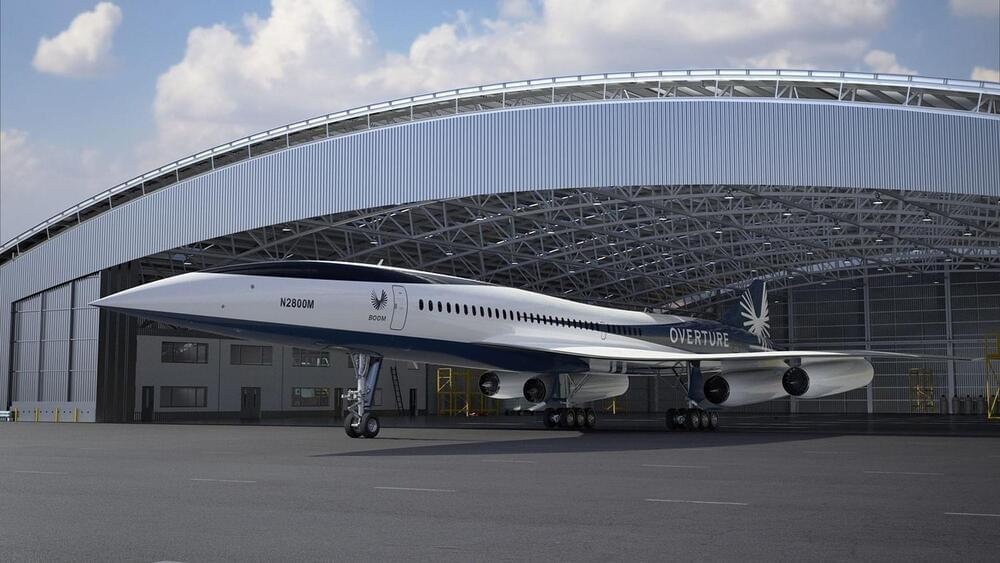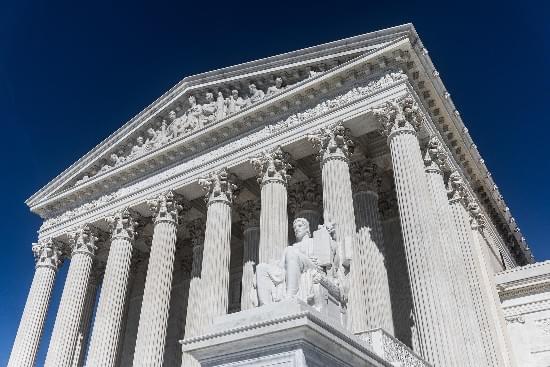The power plant can produce 4.2 million units of power every year.




Zero-emission buses will help cut emissions but we also need to redesign suburban networks to get people out of their cars, says University of Melbourne expert.
Meatable has become the latest company to reveal a new cultured food product – lab-grown sausages, which could offer a more sustainable and ethical choice for consumers in the near future.





The lightweight, supercapacitor-battery hybrid composite material provides power and is as strong as steel.

At the time climate change was only beginning to be talked about in the scientific community as well as behind the scenes among researchers working for fossil fuel companies.
Climate change fit the EPA’s mandate. And unlike an oil or chemical spill, no reputable scientist would see climate change as equivalent to “the crisis of the day.” But this phrase appears in Chief Justice John Roberts’ opinion justifying the decision in West Virginia v. EPA to deny the Agency its power to regulate carbon emissions from coal-fired power plants which based on the mandated powers described above is its purview (see points 3, 4, and 5).